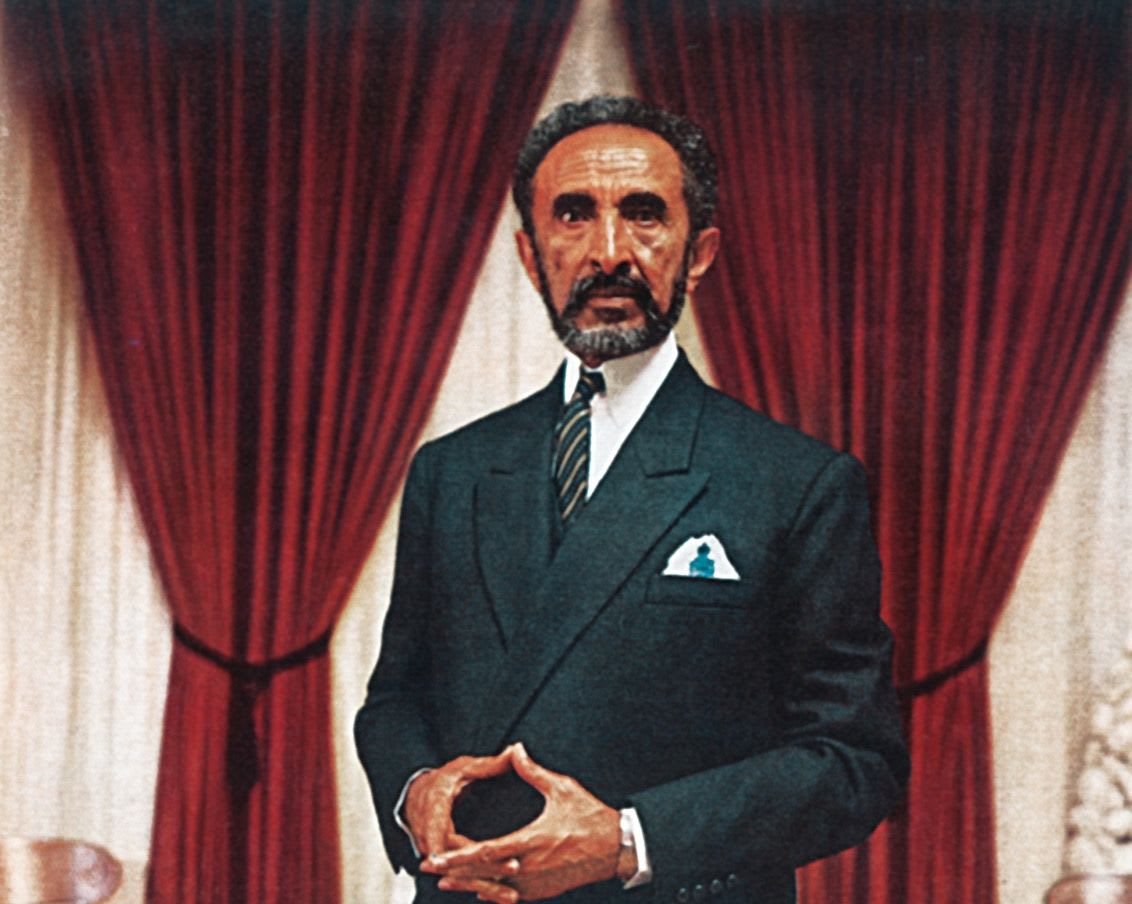
Haile Selassie I, born Tafari Makonnen in 1892, was the Emperor of Ethiopia from 1930 to 1974. A revered political and spiritual leader, Selassie played a significant role in modernizing Ethiopia, resisting Italian occupation during World War II, and advocating for African unity. His leadership and influence extended beyond Ethiopia, making him an important figure in global history. One of the most unexpected yet profound aspects of Haile Selassie’s legacy is his connection to the
Rastafarian movement. Rastafarianism, a spiritual and cultural movement that emerged in Jamaica in the 1930s, views Selassie as the messianic figure prophesied in biblical scriptures. This belief was largely inspired by the teachings of Marcus Garvey, a Jamaican activist who promoted black empowerment and famously stated, “Look to Africa, when a black king shall be crowned, for the day of deliverance is near.”
When Haile Selassie was crowned Emperor in 1930, taking on the title “King of Kings, Lord of Lords, and Conquering Lion of the Tribe of Judah,” many in Jamaica interpreted this as the fulfillment of Garvey’s prophecy. They saw Selassie as the divine leader who would liberate the African diaspora from oppression. This belief became the foundation of Rastafarianism, with Selassie being regarded as a living God and a symbol of black pride and resistance against colonial oppression.
Although Selassie himself never publicly embraced the notion of his divinity, he acknowledged the Rastafarians and even visited Jamaica in 1966, where he was met with overwhelming enthusiasm. His leadership and symbolic importance continue to inspire the Rastafarian movement, emphasizing themes of African identity, unity, and resistance against oppression.
Haile Selassie’s influence on Rastafarianism remains a testament to the profound impact a historical figure can have on global culture and spiritual beliefs. Even after his deposition in 1974 and death in 1975, his legacy endures as an emblem of faith, resilience, and African heritage.


